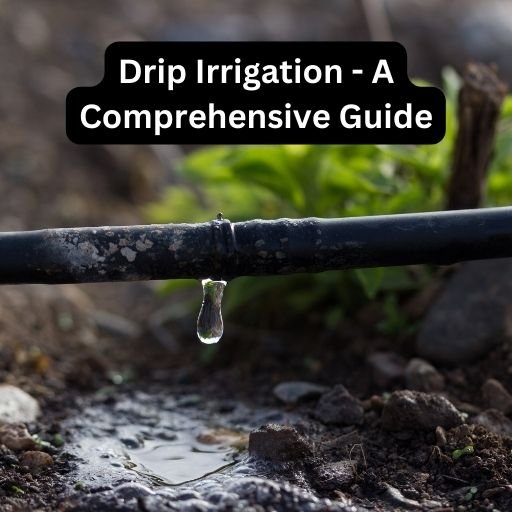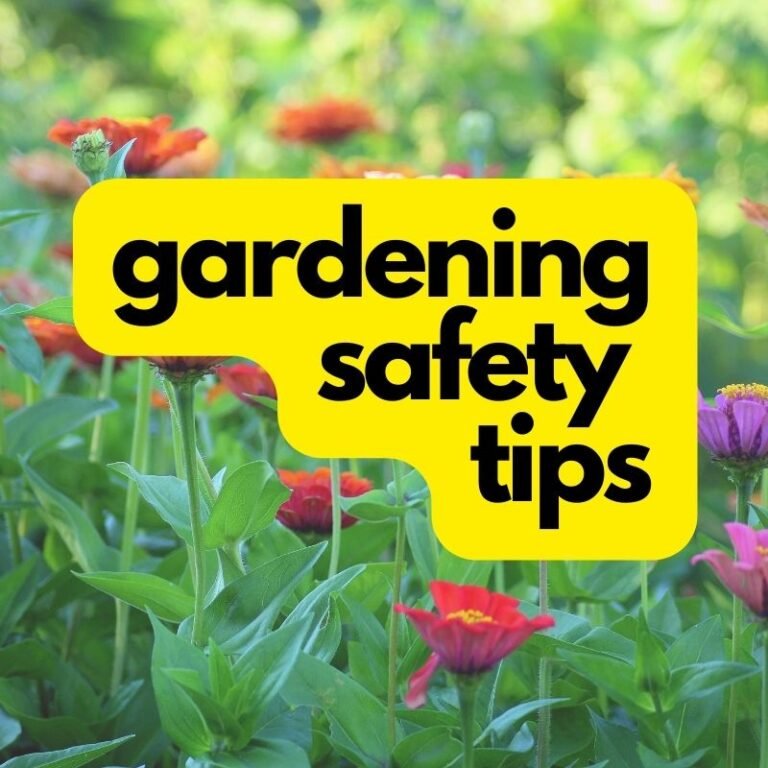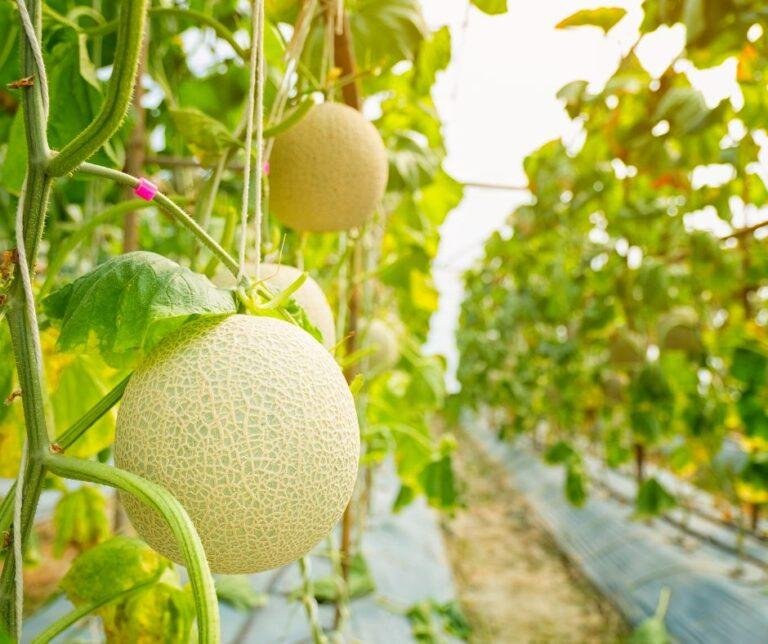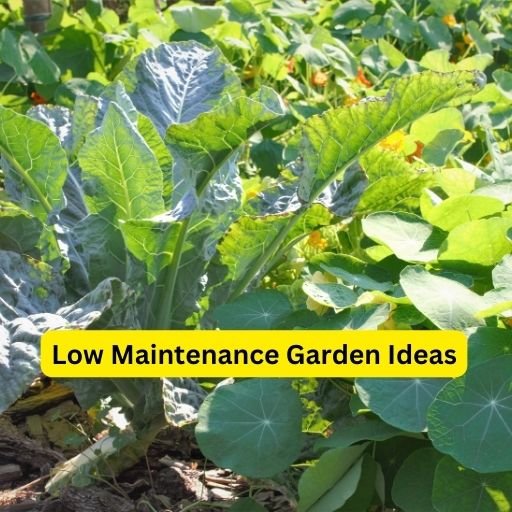Introduction to Composting
Best composting tips-Composting is a natural process that transforms organic waste into a valuable resource for gardening and agriculture. The fundamental principle behind composting involves collecting food scraps, yard waste, and other biodegradable materials, which then decompose over time, resulting in nutrient-rich compost. This compost serves as a lifeline for plants, improving soil health and promoting sustainable gardening practices.
The environmental benefits of composting are profound. By diverting organic waste from landfills, composting not only reduces the burden on waste management systems but also mitigates greenhouse gas emissions that occur when organic materials decompose anaerobically in these environments. This process thus supports a more sustainable ecosystem. Additionally, composting helps regenerate topsoil, enhance soil structure, and increase its capacity to hold water, which can be particularly beneficial in drought-prone regions.

Furthermore, incorporating compost into garden soil enriches it with essential nutrients, promoting vibrant plant growth. The practice of composting encourages biodiversity within the soil, creating a thriving habitat for beneficial microorganisms and earthworms. These organisms play a critical role in nutrient cycling and plant health, making composting an integral part of sustainable gardening practices.
Engaging in composting not only contributes to a healthier garden environment but also fosters a sense of responsibility towards waste management and environmental stewardship. It empowers individuals to actively participate in reducing waste and nurturing the earth. As we delve deeper into the best composting tips, we can explore more effective methods that maximize the benefits of this invaluable practice for both gardens and the planet.
Best Composting Tips
One of the most critical factors in establishing an efficient composting system is selecting the right location for your compost bin or pile. A well-chosen site will significantly influence the decomposition process, ensuring that you achieve optimal results in your composting endeavors. To begin with, consider the amount of sunlight exposure your compost area receives. Ideally, a spot that gets partial sunlight throughout the day will foster an environment conducive to microbes—organisms that are essential for breaking down organic materials. Too much shade can slow down the decomposition, while direct, harsh sunlight may dry out the pile too quickly.
Accessibility is another crucial element when choosing the right spot for your compost. It is essential to select a location that is convenient for gathering kitchen scraps and yard waste. A compost bin situated near your vegetable garden or kitchen will encourage regular additions to the pile, which can ultimately lead to a more robust compost. If you find it tiresome to transport materials to your compost area, you may be less likely to maintain it well, diminishing the quality of the compost produced.
Furthermore, drainage is an important aspect to evaluate. The ideal compost location should not be waterlogged, as excessive moisture can lead to odors and impede aerobic decomposition. Placing your compost bin in a slightly elevated area or on well-draining soil can facilitate proper drainage. If your chosen site tends to retain water, consider incorporating a wooden platform or gravel beneath the compost bin to enhance drainage. Ultimately, by carefully considering sunlight exposure, accessibility, and drainage when placing your compost bin, you can create an effective composting system that yields high-quality organic matter for your garden.
What to Compost: Green vs. Brown Materials
Understanding the two primary categories of compost materials—green and brown—is crucial for effective composting. Green materials are rich in nitrogen, while brown materials are packed with carbon. A proper balance of these elements is vital to facilitate the decomposition process and ensure a healthy compost pile. The ideal ratio of green to brown materials is typically 1:3, allowing microorganisms sufficient energy to break down the organic matter efficiently.
Examples of green materials include kitchen scraps such as fruit and vegetable peels, coffee grounds, and grass clippings. These items contribute moisture and essential nutrients, promoting microbial activity. Conversely, brown materials include dried leaves, straw, cardboard, and wood chips. These serve as the structural component of your compost, allowing for adequate airflow and preventing the pile from becoming too compacted. Together, they create an ideal environment for decomposition.
Moreover, when considering what to compost, many household waste items can significantly enrich your compost pile. For instance, shredded paper and eggshells can be excellent additions as they are both carbon-rich and boost the nutrient content. Avoid including materials that may introduce pathogens or heavy metals, such as meat, dairy, or chemically treated wood. By focusing on these best composting tips, individuals can effectively utilize their kitchen scraps and yard waste to create nutrient-rich compost that benefits their garden.
Balancing green and brown materials not only enhances the composting process, but it also results in a higher quality compost that supports plant growth. By being mindful of the types of materials used, gardeners can maximize their composting efforts and reduce waste, ultimately leading to a successful gardening experience.
Maintaining an Effective Compost Pile
Achieving a successful compost pile requires diligent maintenance to create the optimal conditions for decomposition. A fundamental practice in maintaining an effective compost pile is turning it regularly. By aerating the pile, you introduce oxygen, which is essential for aerobic microbes that drive the decomposition process. It is generally recommended to turn the compost pile every few weeks. This not only helps to evenly distribute moisture and heat but also promotes faster breakdown of organic materials.
Furthermore, monitoring moisture levels is crucial. A well-maintained compost pile should be moist but not saturated; ideally, it should feel like a wrung-out sponge. If the pile is too dry, decomposition slows down significantly, while excess moisture can lead to anaerobic conditions, resulting in unpleasant odors. In such cases, you may need to add water or dry materials like shredded leaves or straw to restore the right balance. Having a moisture meter can help simplify this task and ensure optimal conditions.
Controlling the temperature of the compost pile is another key aspect of maintenance. The ideal temperature range for active composting is between 130°F and 160°F (54°C to 71°C). Within this range, beneficial bacteria thrive, facilitating rapid decomposition. You can monitor the internal temperature using a compost thermometer. If the temperature falls below the recommended range, it may indicate that your pile needs turning or requires additional green materials, such as fruit scraps or grass clippings, to boost nitrogen levels.
In conclusion, sustaining an effective compost pile depends on regular turning, careful moisture management, and temperature monitoring. By implementing these best composting tips, you can significantly enhance the decomposition process, ultimately achieving high-quality compost that benefits your garden.
Common Composting Mistakes to Avoid
Composting can be a straightforward process, yet beginners often make several common mistakes that can hinder their success. One of the most frequent errors is adding inappropriate materials to the compost pile. Materials such as dairy products, oils, cooked foods, and certain types of meats can attract pests and create unpleasant odors. It is essential to understand which items are suitable for composting to maintain a healthy pile that contributes beneficial nutrients to your garden.
Another prevalent mistake among novice composters is the neglect of the balance between “greens” and “browns.” Greens refer to nitrogen-rich materials such as vegetable scraps and grass clippings, while browns are carbon-rich elements like dried leaves and cardboard. An optimal compost mixture typically consists of a ratio of three parts browns to one part greens. When this balance is not maintained, composting can become inefficient, resulting in a slower breakdown process and subpar compost quality. Additionally, a predominance of greens can create a smelly compost pile, while too many browns can lead to a dry, slow decomposition rate.
Aeration is another critical aspect often overlooked by beginners. Regularly turning or mixing the compost pile enhances aeration, which is vital for maintaining aerobic conditions that facilitate decomposition. A lack of aeration can lead to compacted, anaerobic conditions that cause foul odors and slow down the composting process. To avoid this mistake, enthusiasts should use tools like pitchforks or compost tumblers, which allow for efficient turning and oxygen circulation within the pile.
By recognizing and addressing these common composting mistakes, individuals can adopt best composting tips that will optimize their efforts, leading to a rich, nutrient-dense compost that benefits their gardens significantly.
Understanding the Composting Process
Composting is a natural process that transforms organic materials into nutrient-rich soil amendments through the action of microorganisms, insects, and other decomposers. Understanding this process is essential for anyone looking to employ the best composting tips for a successful garden. The journey of decomposition can be broken down into several distinct stages, each playing a vital role in the overall success of compost production.
Initially, the process begins with the collection of organic waste, which may include kitchen scraps, garden clippings, leaves, and other biodegradable materials. Once these materials are combined in a compost bin or pile, the first stage of decomposition starts. This stage, often referred to as the “mesophilic phase,” is characterized by a rise in temperature due to the activity of microorganisms. These mesophilic bacteria thrive in moderate temperatures and rapidly break down easily degradable materials such as fruits and vegetable scraps.
As the temperature continues to rise, the compost enters the “thermophilic phase,” where the heat generated kills off pathogens and weed seeds, resulting in a safer and more potent compost. At this stage, specialized microorganisms take over, breaking down tougher materials such as grass clippings and small branches.
Throughout this process, maintaining proper aeration and moisture levels is crucial. Adequate oxygen is critical for aerobic bacteria, which are the primary decomposers. To ensure the best composting results, it is recommended to turn the pile regularly, enhancing aeration and preventing anaerobic conditions that can lead to unpleasant odors or slow decomposition. Furthermore, the moisture content should ideally be maintained at about 40-60% — damp enough to promote microbial activity, yet not so wet that it becomes waterlogged.
After several weeks or months, depending on conditions, the compost matures and transforms into a dark, crumbly substance, rich in nutrients. This natural process not only recycling organic waste but also offers an opportunity to improve soil health in gardens. Understanding the dynamics of composting allows gardeners to optimize their efforts and troubleshoot potential issues that may arise during the journey to creating high-quality compost.
Using Finished Compost in Your Garden
The process of composting transforms organic waste into nutrient-rich material, ultimately benefiting your garden significantly. Recognizing when compost is ready for use is paramount; typically, finished compost has a dark, crumbly texture and emits a pleasant earthy smell. A well-produced compost should not contain recognizable scraps. This indicates a successful breakdown and is ready to enhance your garden’s soil.
Incorporating compost into your gardening practices can take several forms, each offering unique benefits. One effective way is to mix finished compost into the top few inches of soil before planting. This method aids in soil structure enhancement, improves moisture retention, and provides essential nutrients that plants require for healthy growth. Utilizing compost in this manner decreases dependence on chemical fertilizers, promoting a more organic gardening approach.
Another method involves using compost as a mulch layer around established plants. This application not only suppresses weed growth but also retains soil moisture, protects against temperature fluctuations, and provides gradual nutrient release as the compost continues to decompose. This technique is especially beneficial during hot and dry seasons.
Additionally, compost tea, made by steeping finished compost in water, can be used as a liquid fertilizer. This nutrient-rich concoction can invigorate plants when applied directly to foliage or soil. The application of compost tea enhances overall plant vitality and soil health without the adverse effects often associated with synthetic fertilizers.
In conclusion, integrating finished compost into your gardening practices promotes soil enhancement, improves plant health, and reduces the need for chemical fertilizers. Following the best composting tips can yield a thriving garden, enriched by the many benefits that compost has to offer.
Tools and Equipment for Effective Composting
Composting is an essential process for enriching garden soil, and having the right tools and equipment can significantly enhance efficiency and effectiveness. The focus of best composting tips often includes selecting properly designed compost bins, which serve as the first step in the composting journey. These bins come in various styles, from open piles to enclosed designs. While open composting is a simple approach requiring little investment, enclosed bins provide better control over moisture and temperature, which are crucial for decomposition.
Alongside compost bins, aerators play a vital role in effective composting. Aerators, often designed as forks or specialized tools, allow for the mixing of compost components, enhancing oxygen flow. This is essential, as aerobic bacteria help break down organic matter more efficiently than anaerobic alternatives, resulting in quicker compost production. Investing in a quality aerator can streamline your composting process and improve the overall quality of the end product.
Another important tool is the compost thermometer, which aids in monitoring the internal temperature of the compost pile. Maintaining an optimal temperature—typically between 130°F and 160°F—ensures that microbial activity is at its peak, accelerating decomposition. A simple compost thermometer can help determine when it is time to turn the pile or whether additional materials need to be added to maintain heat.
Lastly, shredders are often overlooked but highly beneficial tools. Shredding larger pieces of organic waste can significantly reduce decomposition time by increasing surface area exposed to microbes. When selecting equipment, consider the volume of material you intend to compost and your available space. Investing in the right tools can result in a more efficient, effective composting experience, yielding rich, nutrient-dense soil for your garden.
Conclusion: Embrace Composting as a Sustainable Practice
Composting represents not only a practical solution for waste management but also a significant step toward promoting environmental sustainability. By implementing the best composting tips, individuals can transform kitchen scraps, yard waste, and organic materials into a valuable resource that enriches soil quality and fosters healthier gardening practices. The tips discussed throughout this blog highlight the importance of maintaining the right balance of green and brown materials, understanding the composting process, and ensuring proper aeration and moisture levels. Each of these elements contributes to an effective composting system that benefits both gardeners and the environment.
Embracing composting as a sustainable practice not only reduces the volume of waste sent to landfills but also lowers greenhouse gas emissions associated with waste decomposition. By diverting organic materials from disposal, gardeners can cultivate a more self-sufficient approach, yielding nutrient-dense compost that enhances soil structure and fertility. This process ultimately leads to stronger, more resilient plants that require fewer synthetic fertilizers and pesticides, fostering a healthier ecosystem for all living beings.
As individuals consider the myriad benefits of composting, it is essential to recognize that every small effort contributes to a more sustainable future. By adopting the best composting tips, readers are encouraged to start or refine their composting practices. Engaging in this eco-friendly method not only nurtures healthy gardens but also promotes the stewardship of the environment. Let us strive to take the necessary steps toward a greener planet, where composting becomes part of our daily routines and a cornerstone of sustainable living.
Ecorganicas
🧪 Experience: At Ecorganicas.com, we don’t just write about organic gardening — we live it.
🎓 Expertise: Over 5 years of experience in organic farming. We’ve helped hundreds of beginner gardeners through our blog, YouTube videos, and community workshops to start their own eco-friendly gardens.
🌐 Authority: Ecorganicas is trusted by thousands of monthly readers and has been featured in several niche gardening communities, and various Facebook groups focused on sustainable living. Our gardening guides are shared across Pinterest, Instagram, and YouTube by both hobbyists and eco-bloggers.
🔒 Trustworthiness: This blog is 100% transparent. Every technique we share is backed by personal trial or well-referenced sources. We regularly update our articles to reflect the latest in eco-friendly gardening practices — Some articles may contain affiliate links, but we only recommend tools and products we personally use in our garden.







